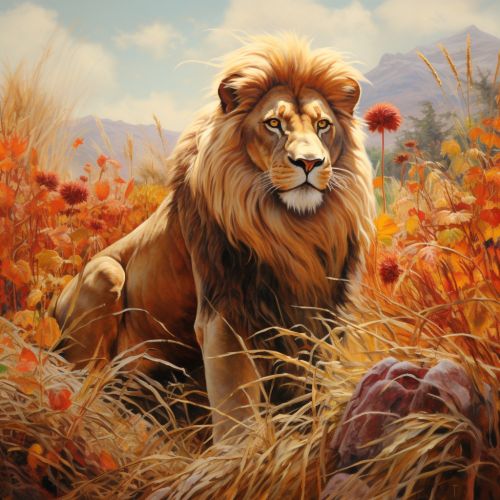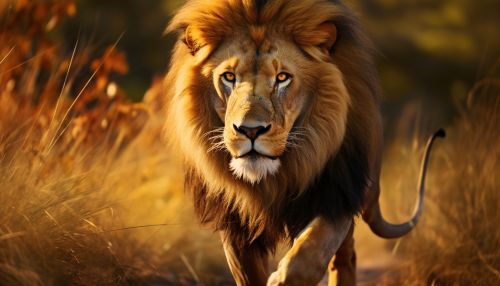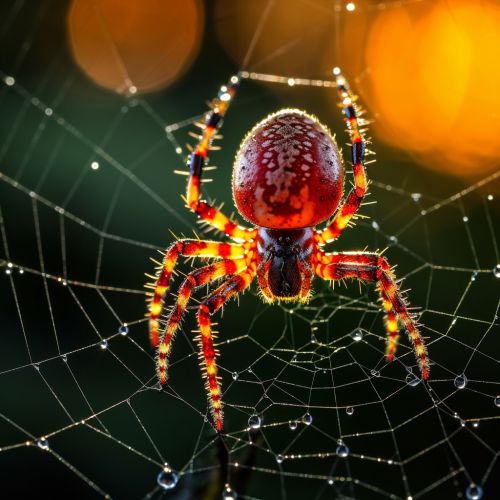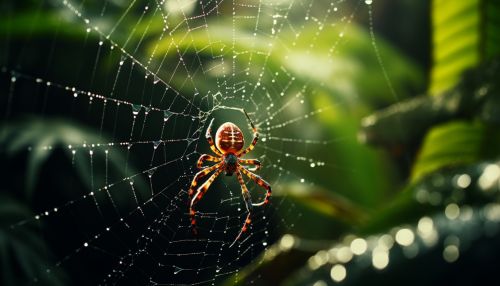Animal Instincts
Introduction
Animal instincts are innate behaviors that are hardwired into the DNA of animals, including humans. These behaviors are not learned, but rather, they are genetically programmed responses to specific stimuli in an animal's environment. Instincts are crucial for an animal's survival and reproduction, guiding behaviors such as hunting, mating, and escaping from predators.


Types of Animal Instincts
There are several types of animal instincts, each serving a different purpose in the animal's life. These include:
- Predatory Instincts: These instincts guide animals in hunting and capturing their prey. For example, a lion instinctively knows how to stalk its prey, when to pounce, and how to kill it.
- Defensive Instincts: These instincts help animals protect themselves from predators. For example, a porcupine will instinctively raise its quills when threatened.
- Mating Instincts: These instincts drive animals to reproduce. For example, a male peacock will instinctively display its colorful tail feathers to attract a mate.
- Parental Instincts: These instincts guide animals in caring for their offspring. For example, a penguin will instinctively care for its eggs and chicks, even in harsh conditions.
- Social Instincts: These instincts guide animals in interacting with others of their species. For example, wolves instinctively form packs and establish hierarchies within them.
Predatory Instincts
Predatory instincts are crucial for an animal's survival. These instincts guide the animal in finding, capturing, and killing its prey. Predatory instincts vary widely among different species, depending on the animal's diet and hunting methods. For example, a lion's predatory instincts are different from those of a spider, which spins a web to capture its prey.


Defensive Instincts
Defensive instincts help animals protect themselves from threats. These instincts can manifest in various ways, such as fleeing, hiding, or fighting back. For example, a gazelle will instinctively flee from a predator, while a porcupine will raise its quills to deter an attacker.
Mating Instincts
Mating instincts drive animals to reproduce. These instincts can involve complex behaviors, such as courtship displays, fights for dominance, and the building of nests or other structures for mating and rearing offspring. For example, a male peacock will instinctively display its tail feathers in a spectacular courtship display to attract a female.
Parental Instincts
Parental instincts guide animals in caring for their offspring. These instincts can involve behaviors such as feeding, protecting, and teaching the young. For example, a penguin will instinctively care for its eggs and chicks, even in harsh Antarctic conditions.
Social Instincts
Social instincts guide animals in interacting with others of their species. These instincts can involve behaviors such as forming groups or packs, establishing hierarchies, and communicating with others. For example, wolves instinctively form packs and establish a pecking order within them.
Conclusion
Animal instincts are a fascinating area of study in the field of ethology, the scientific study of animal behavior. These instincts, which are hardwired into an animal's DNA, guide a wide range of behaviors, from hunting and defense to mating and social interaction. Understanding these instincts can provide valuable insights into animal behavior and survival strategies.
